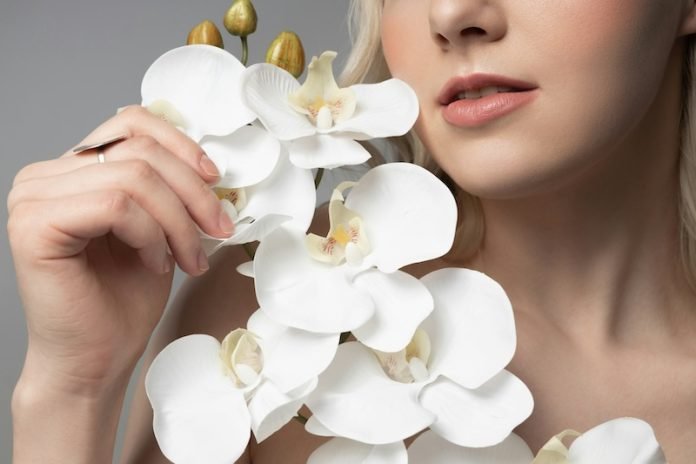
Once upon a time, about 85 million years ago, the ancestors of today’s orchids sprouted in the northern hemisphere, a place very different from where many thought these beautiful plants originally came from.
Scientists have been fascinated by orchids, not just because they’re pretty, but because they’re survivors, adapting to almost every corner of the Earth except the coldest, Antarctic regions.
Imagine, orchids thrive from the warm tropics to beyond the Arctic Circle, boasting an impressive diversity with over 29,500 species. That’s a lot more than the kinds of birds fluttering around the globe!
For the longest time, experts believed these flowers came from the ancient supercontinent Gondwana, which is sort of where Australia is today.
But a group of researchers from the Royal Botanic Gardens, Kew, and their friends around the world, have found something new. Their research says orchids actually started in the northern half of the world, on another ancient supercontinent called Laurasia.
To figure this out, the Kew team and their partners did some serious detective work. They looked at DNA from orchids, piecing together a family tree that represents nearly 40% of all orchid types and about 7% of individual species.
It’s like they put together a giant puzzle of orchid ancestry using bits of genetic information. This wasn’t a small task; it involved high-tech lab work and digging through Kew’s vast collection of plant samples, some collected centuries ago by adventurous botanists.
Orchids are not just widespread; they’re also in danger. Threats like cutting down forests, illegal flower trading, and changes in climate put many orchid species at risk of disappearing.
The sad part is, while it takes millions of years for new orchid species to appear, they can go extinct much faster, especially with humans altering their habitats so rapidly.
The research from Kew is crucial because it helps us understand how orchids spread across the globe and how different species are related.
This knowledge is like a map that conservationists can use to protect areas rich in orchid diversity, especially those places where new species might appear. Dr. Oscar Pérez from Kew highlighted that their study points out which parts of the world are especially important for orchid evolution and conservation.
But why should we care about saving orchids? Well, beyond their beauty, orchids play a significant role in their ecosystems.
They’re part of a delicate balance, interacting with pollinators and other plants in ways we’re just beginning to understand. Protecting orchids means protecting a whole web of life.
The team at Kew hopes their work will light the way for future conservation efforts, helping us decide which areas need our protection the most. It’s a reminder that understanding the past and present of plant life on Earth can guide us in safeguarding its future.
So next time you admire an orchid, remember, it’s not just a pretty face; it’s a survivor with a story that stretches back millions of years, a story we’re just starting to unfold.
The research findings can be found in New Phytologist.
Copyright © 2024 Knowridge Science Report. All rights reserved.



